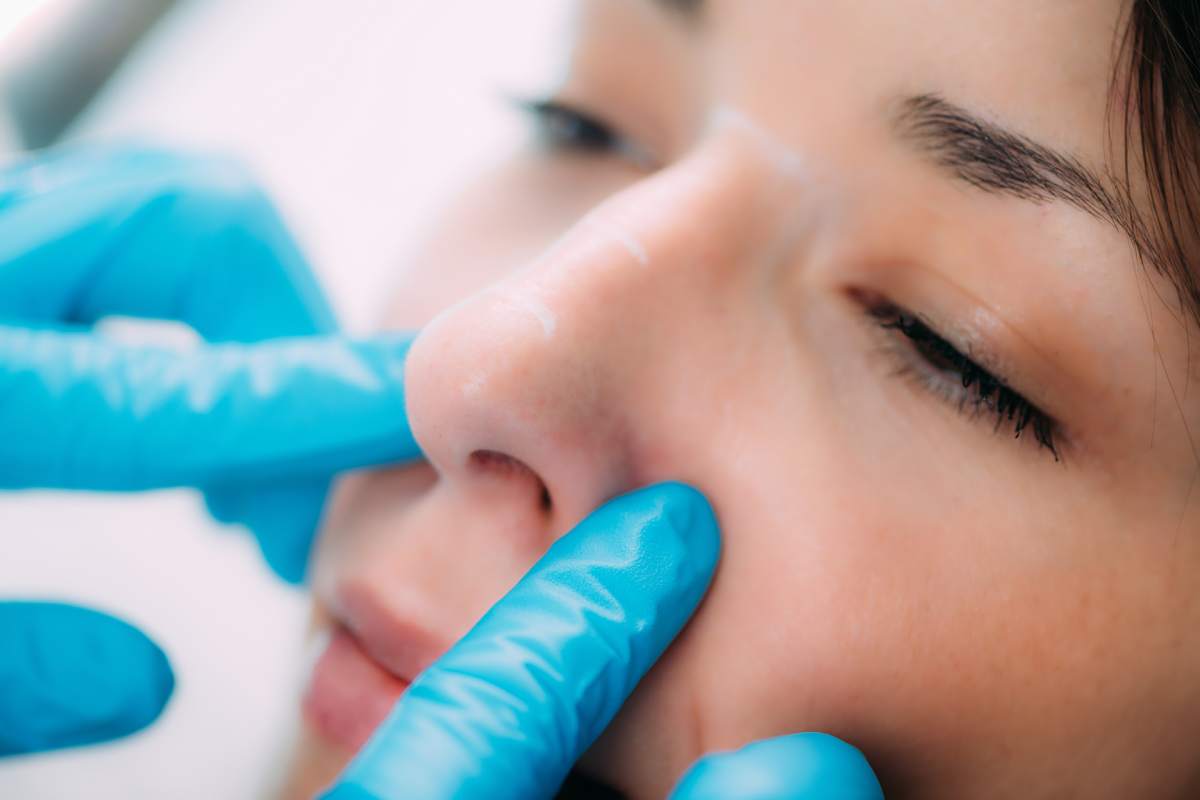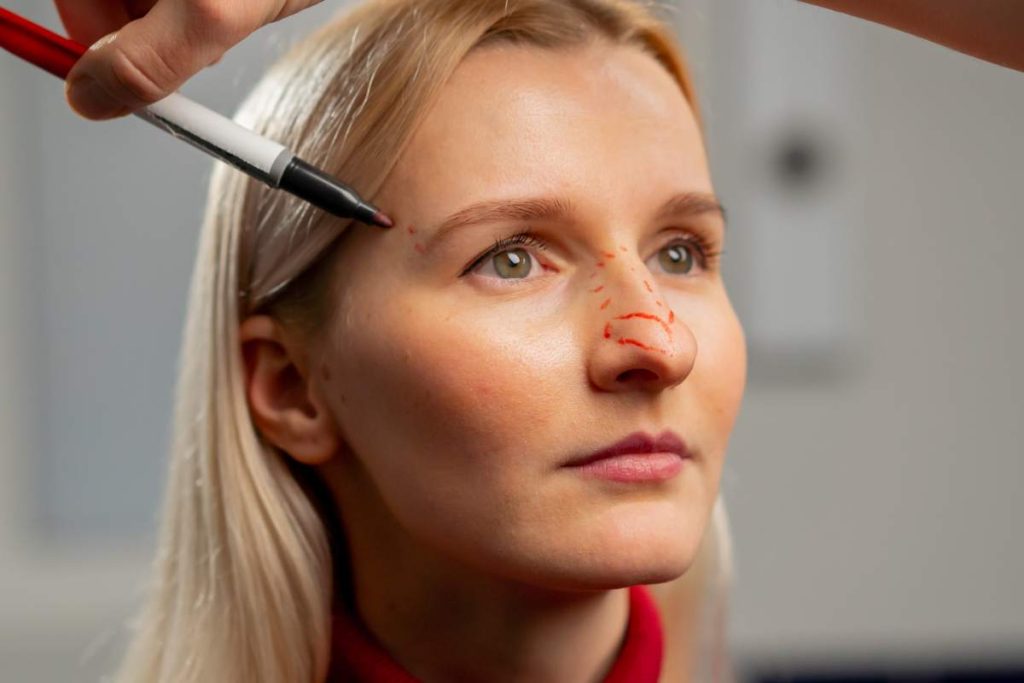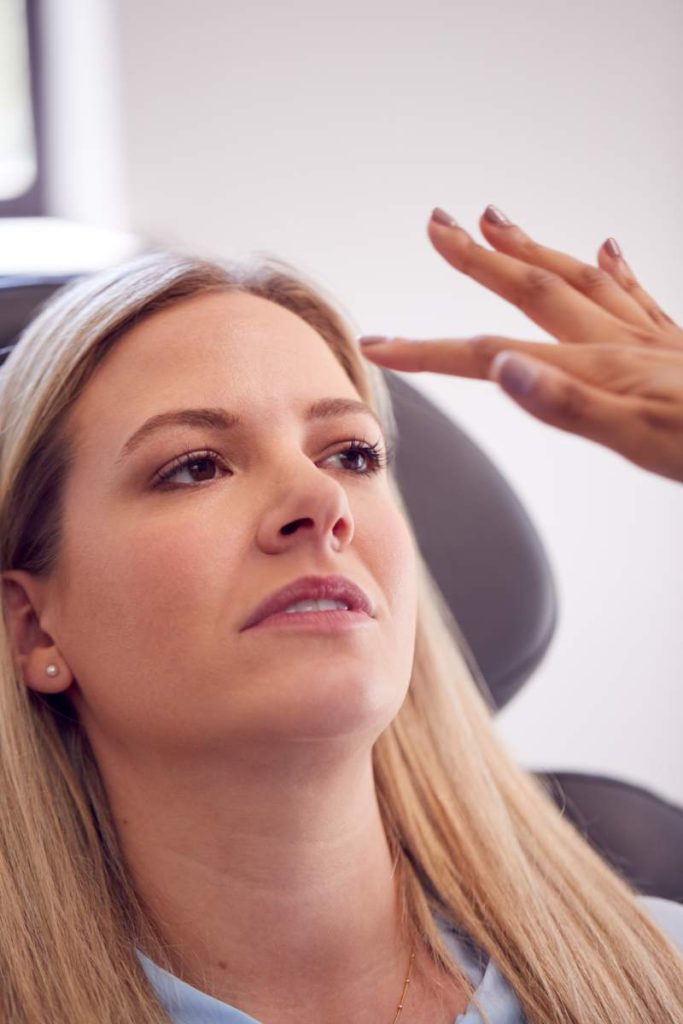Rhinoplasty, commonly known as nose surgery or a “nose job,” is one of the most sought-after cosmetic procedures worldwide. Whether for aesthetic enhancement, functional improvement, or reconstructive purposes, rhinoplasty offers individuals the opportunity to reshape and refine their noses to better suit their desires or needs.
Thailand has become a popular destination for those seeking high-quality rhinoplasty at more affordable prices compared to Western countries. However, before deciding on this significant surgical procedure, it’s crucial to understand the potential risks, the recovery process, and the financial investment involved.
This article provides an in-depth look into rhinoplasty, covering everything from the types of surgery and associated risks to the cost and healing time, particularly in the context of Thailand.
You might also read:
What is the Most Common Nose Surgery?
The most common nose surgery is called rhinoplasty, often referred to as a “nose job.” Rhinoplasty is a popular cosmetic procedure aimed at altering the shape, size, or structure of the nose. It can also be performed for medical reasons, such as correcting breathing problems due to structural issues inside the nose.
What is Rhinoplasty?
Rhinoplasty is a surgical procedure that involves reshaping the nose by modifying the bone, cartilage, and sometimes the skin. The goal can vary from enhancing facial appearance to improving nasal function. There are two primary types of rhinoplasty:
- Cosmetic Rhinoplasty: This type of surgery is performed to change the appearance of the nose. People may want to reduce or increase the size of their nose, change its shape, correct bumps or dips, or adjust the nostril size.
- Functional Rhinoplasty: This is done to improve breathing or correct deformities caused by injuries or congenital disabilities, such as a deviated septum (when the wall between the nostrils is off-centre, making it hard to breathe).
Why Do People Get Rhinoplasty?
People opt for rhinoplasty for various reasons:
- Cosmetic Reasons: Many people choose rhinoplasty to enhance their facial aesthetics. The nose is a prominent feature on the face, and its shape and size can significantly affect overall appearance. Some individuals may feel self-conscious about their nose and seek rhinoplasty to boost their confidence.
- Medical Reasons: Others may undergo rhinoplasty to correct structural issues that affect breathing. A common medical reason for rhinoplasty is to fix a deviated septum, which can cause breathing difficulties, snoring, or sleep apnea.
- Injury or Trauma: If the nose has been injured in an accident, rhinoplasty can help restore its appearance and function.
How is Rhinoplasty Performed?
Rhinoplasty is usually performed under general anaesthesia, meaning the patient is asleep and pain-free during the procedure. The surgery typically takes between 1.5 to 3 hours. There are two main surgical techniques used in rhinoplasty:
- Closed Rhinoplasty: In this approach, all the incisions are made inside the nostrils, so there are no visible scars. This method is less invasive and generally results in a quicker recovery time.
- Open Rhinoplasty: This technique involves making a small incision on the underside of the nose, between the nostrils. This allows the surgeon better access to the nasal structure, making it easier to perform more complex reshaping. Although it leaves a small scar, it is usually not noticeable.
After the incisions are made, the surgeon reshapes the bone and cartilage to achieve the desired outcome. If the nose is being reduced in size, some bone or cartilage may be removed. If it is being increased, the surgeon may use cartilage from another part of the body or synthetic materials to build up the nose.
What to Expect After Surgery
After rhinoplasty, patients can expect some swelling and bruising around the nose and eyes, which typically subsides after a few weeks. Most people can return to work or school within one to two weeks, although full recovery may take several months as the nose continues to heal and the final shape settles.
It’s important to follow the surgeon’s post-operative care instructions carefully to ensure proper healing and avoid complications. These may include avoiding strenuous activities, not blowing your nose, and keeping the head elevated to reduce swelling.
How Long Does It Take to Heal After the Surgery?
Healing after rhinoplasty (nose surgery) is a gradual process, and the timeline can vary depending on the extent of the surgery, the patient’s overall health, and how well they follow post-operative care instructions. Here’s a general overview of what to expect during the recovery period:
1. First Week
- Initial Recovery: The first few days after surgery are usually the most uncomfortable. Swelling, bruising around the eyes, and a feeling of congestion are common. Patients may also experience some pain, which can be managed with prescribed pain medication.
- Nasal Splint: A splint is often placed on the outside of the nose to support the new shape as it heals. The splint and any internal packing are typically removed after about a week.
- Return to Normal Activities: Most people can return to light activities, such as desk work or gentle walking, within 7 to 10 days after surgery. However, strenuous activities should be avoided.
2. 2 to 4 Weeks
- Bruising and Swelling: By the end of the second week, much of the bruising and swelling should start to subside. However, some swelling, particularly at the tip of the nose, may persist.
- Breathing: Breathing may still feel somewhat restricted due to internal swelling, but it generally starts to improve during this period.
- Appearance: Most people feel comfortable resuming social activities after about 2 weeks, as the bruising and obvious signs of surgery will have diminished significantly.
3. 1 to 3 Months
- Continued Healing: During this period, the majority of the swelling should resolve, and the shape of the nose will start to take on its final appearance. However, some subtle swelling, especially at the tip, can linger.
- Resuming Exercise: By 4 to 6 weeks after surgery, most patients can gradually return to more vigorous activities, including exercise. However, contact sports should be avoided for a few months to prevent any injury to the healing nose.
4. 3 to 6 Months
- Final Shape: The nose will continue to refine and settle into its new shape. While most of the noticeable swelling will be gone, some minor swelling might still be present, particularly at the tip, but this will likely only be noticeable to the patient.
- Numbness: Any numbness around the nose and upper lip should also begin to improve, although it may take longer for full sensation to return.
5. 1 Year and Beyond
- Full Recovery: It can take up to a year or more for the nose to completely heal and for the final results to be visible. By this time, all residual swelling should be gone, and the new shape of the nose will be fully realized.
- Long-Term Care: It’s important to protect the nose from sun exposure during the first year after surgery, as the skin can be more sensitive and prone to discolouration.
How Much For a Nose Surgery in Thailand?
The cost of nose surgery (rhinoplasty) in Thailand can vary widely depending on several factors, including the complexity of the procedure, the surgeon’s experience, the location of the clinic or hospital, and whether additional services like accommodation or aftercare are included. Here’s a general breakdown:
1. Basic Rhinoplasty
- Cost Range: THB 40,000 to THB 100,000 (approximately USD 1,200 to USD 3,000)
- Details: This price typically covers a straightforward cosmetic rhinoplasty, where minor adjustments are made to the shape or size of the nose.
2. Complex Rhinoplasty
- Cost Range: THB 100,000 to THB 200,000 (approximately AUD 4,300 to AUD 8,600)
- Details: Complex cases involve more significant structural changes, such as correcting a deviated septum, repairing damage from previous surgeries, or reconstructive work following trauma. These procedures often require a higher level of expertise and longer surgery times.
3. Revisional Rhinoplasty
- Cost Range: THB 150,000 to THB 300,000 (approximately AUD 6,500 to AUD 13,000)
- Details: Revision rhinoplasty, which involves correcting or improving the results of previous nose surgery, is typically more expensive due to the increased complexity and the need for specialized skills.
4. Additional Costs
- Consultation Fees: Some clinics charge a separate fee for the initial consultation, which may range from THB 1,000 to THB 3,000 (approximately AUD 40 to AUD 120).
- Anaesthesia Fees: These are often included in the overall price but could be charged separately in some cases.
- Post-Operative Care: Costs for follow-up visits, medications, and any necessary revisions or additional care might not always be included in the initial price quote.
5. Medical Tourism Packages
- Cost Range: THB 120,000 to THB 300,000 (approximately AUD 5,200 to AUD 13,000)
- Details: Thailand is a popular destination for medical tourism, and some clinics offer packages that include not only the surgery but also accommodation, airport transfers, and post-operative care. These packages are designed to cater to international patients and can vary widely in cost depending on the level of service.
Considerations
- Surgeon’s Reputation: Highly experienced and well-known surgeons may charge more, but they also bring a higher likelihood of satisfactory results.
- Location: Clinics in major cities like Bangkok tend to be more expensive than those in smaller towns or less tourist-heavy areas.
- Hospital vs. Clinic: Surgery performed in a full-service hospital might cost more than in a smaller clinic, but it can also offer more comprehensive care.
Conclusion
Rhinoplasty can be a life-changing procedure, offering both cosmetic and functional benefits. Whether you’re seeking to enhance your appearance or correct a medical issue, understanding the full scope of the surgery—from the risks involved to the recovery timeline—is essential for making an informed decision.
Kamol Hospital in Thailand stands out as one of the leading hospitals for rhinoplasty, offering a blend of affordability and high-quality care. Under the supervisor of Dr. Kamol Pansritum throughout all aspects of the process, you can be sure that your rhinoplasty can yield satisfying and lasting results.








